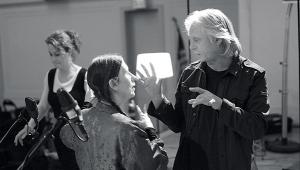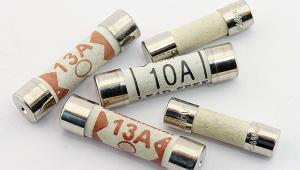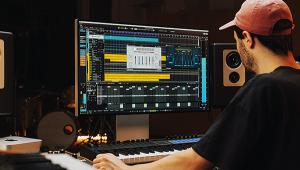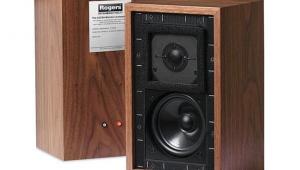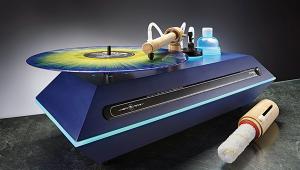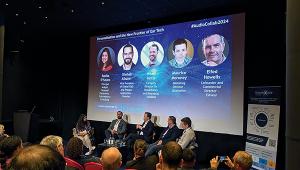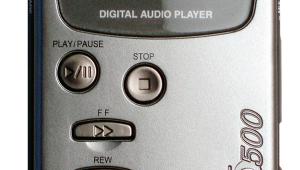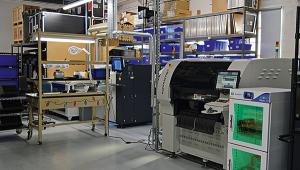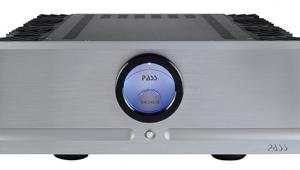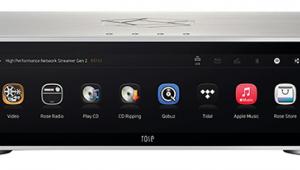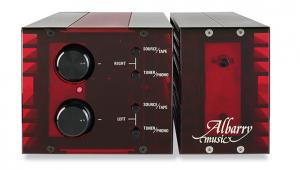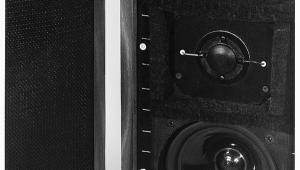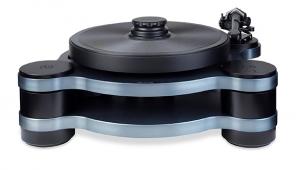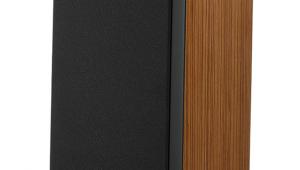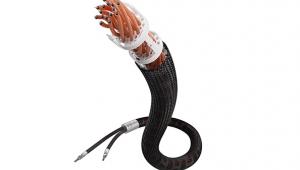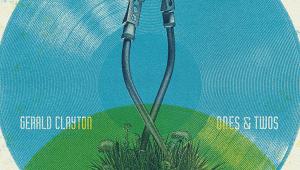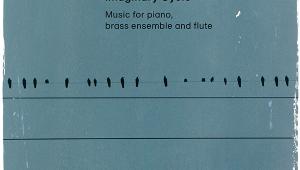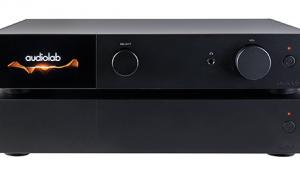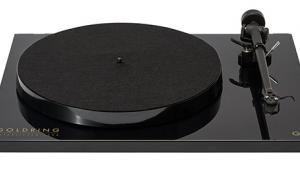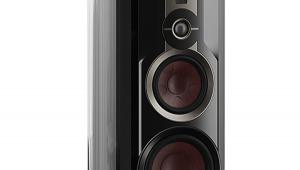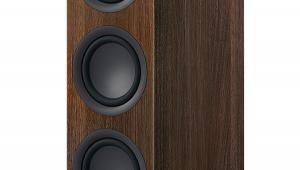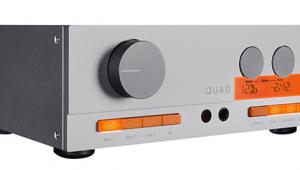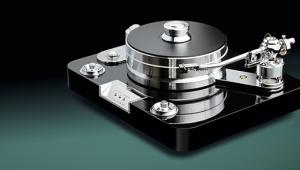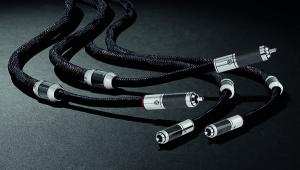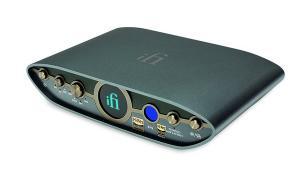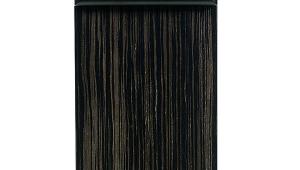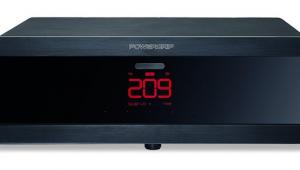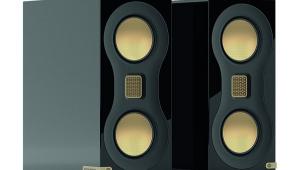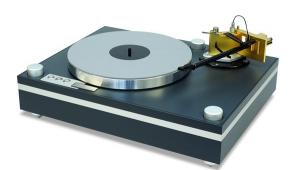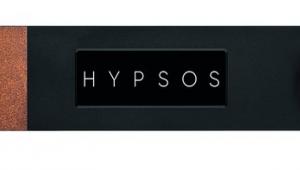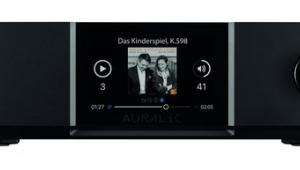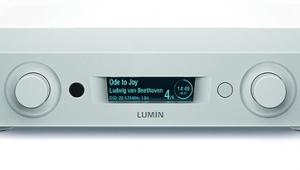From home to hi-fi
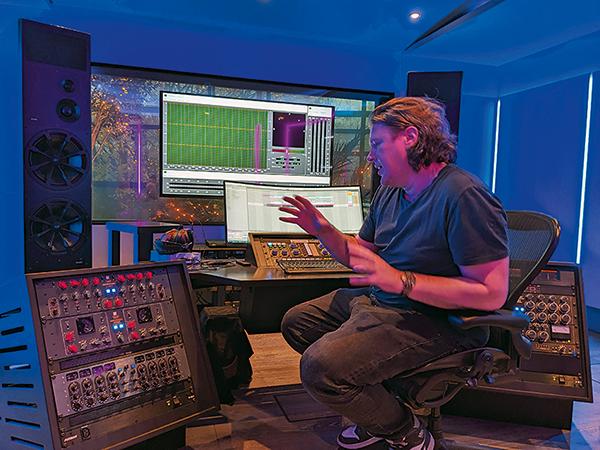
Before DIY musicians unleash their tracks on streaming platforms, some are having them mastered by pros. Barry Fox goes behind the scenes to learn about ‘smashing’ and ‘sculpting’
Horrid can still be hi-fi. I don’t like electropop and rap. But some readers may. And high audio tech is involved in recording it. A young someone close to my family spent two years at college studying to be a DJ. The college course wasn’t just about playing records (more accurately USB sticks) at clubs, it was about creating recordings to play. But the course involved no tuition in audio niceties like compression codecs, nothing on music notation, and zilch on volts, amps and watts. Just how to synthesise, heavily process and mix sine waves and voices with a hypnotically regular thump.
Breaking news
In this arena, the only ‘real’ musical content, apart from voice, is ‘sampled’ from recordings made years ago in real studios by real musicians. Pasting samples into a sine mix, often with altered tempo or pitch, is a new skillset. This began with the infamous ‘amen break’. When US soul group The Winstons were recording the track ‘Amen, Brother’ in 1969, drummer Gregory Coleman threw in a catchy seven-second four-bar break. Nearly 20 years later the break was sampled and began appearing in rap and hip-hop tracks. Since then it has been used literally thousands of times.
Modern pop and dance music can be created in bedrooms and garages with relatively simple audio gear. No one needs spend time and money on recording in studios with woodwind, brass, strings and drum kits like the one Coleman had to haul around. This has created a whole new studio industry that makes good money from tweaking home recordings with professional equipment. PMC, the British company that makes professional studio monitors, launched its new prophecy range of consumer loudspeakers at Wired Masters, a studio complex just outside Wimbledon that specialises in polishing up home-produced music.
I found the world of Wired weird. No mics, no musical instruments and no musicians. Just top-level mixing desks and racks of high-end signal processing gear, worked by engineers who have either crossed over from the conventional studio world, or happily admit to having no conventional engineering expertise – just an ear for what’s ‘dance friendly’ and makes clubbers want to get up and get down. The final tweaked product is not a master for cutting discs. It’s an ‘in the box’ computer file for a USB stick or streaming. The format is usually a 44.1kHz/24-bit WAV file because – to quote one in-the-box engineer – ‘this is not audiophile jazz, the vibe is everything’. In hi-fi lingo, there is no concert hall ambience to capture.
The raw material coming from home producers is a parallel stream of around 20 ‘stems’ – what a live music engineer would call tracks. The stems are ‘smashed’ together, usually to create a stereo pair. The home producer will often have had a go at smashing, and the pro engineer’s task is to add ‘objectivity’ or tactfully show the producer his own smashing was not especially good. ‘Sculpting’ (EQing and smashing) a song with 20 stems lasting a few minutes takes typically around three hours. The cost is between £140 and £240 per hour depending on the engineer’s experience and reputation. Adding Dolby Atmos costs extra but is viewed by some as just a box-ticking exercise. ‘Spatial will take off when it’s plumbed into cars’, predicts one Wired engineer. Whether cocooning drivers in all-round sound is a good idea is another matter.

